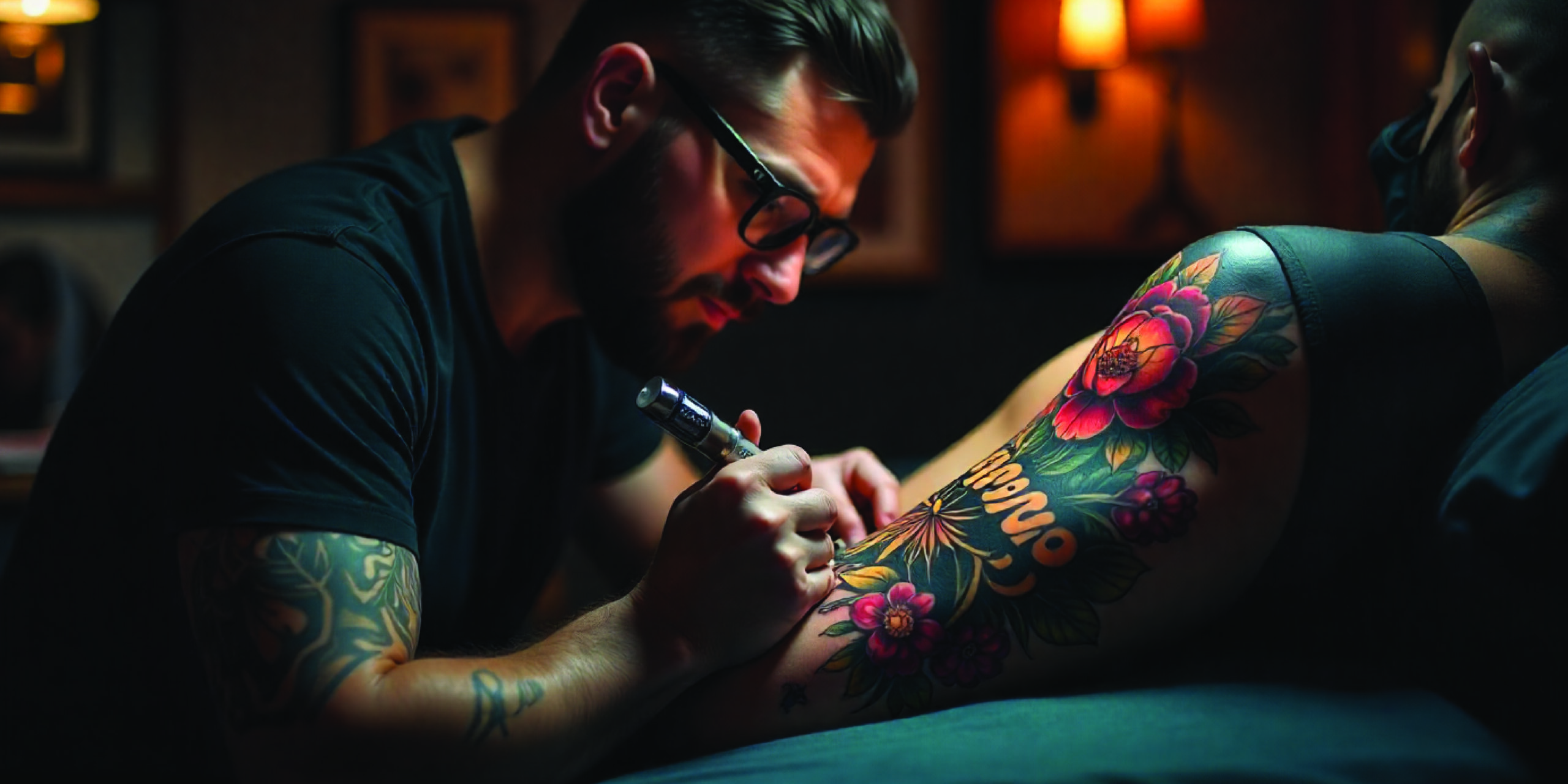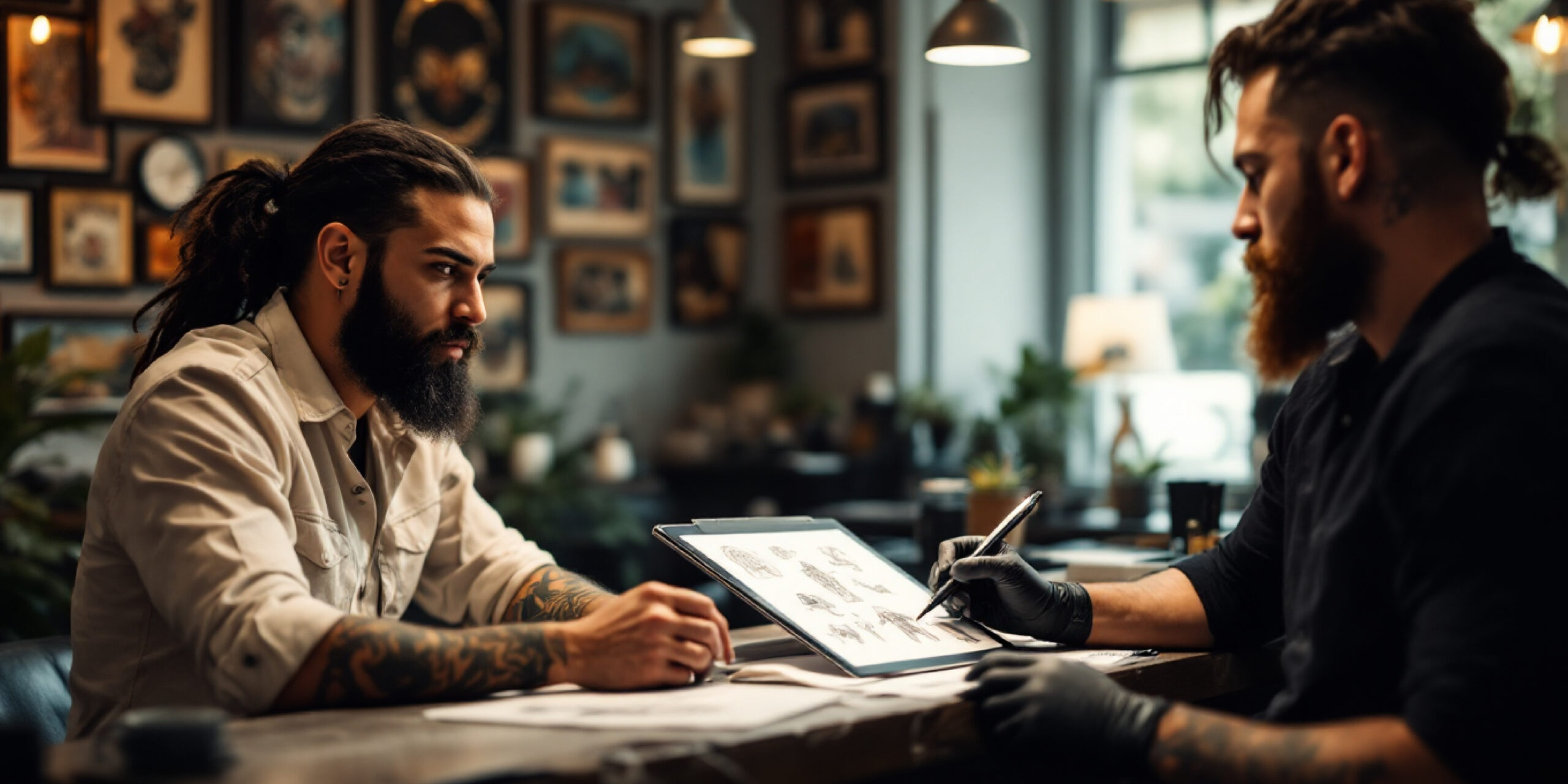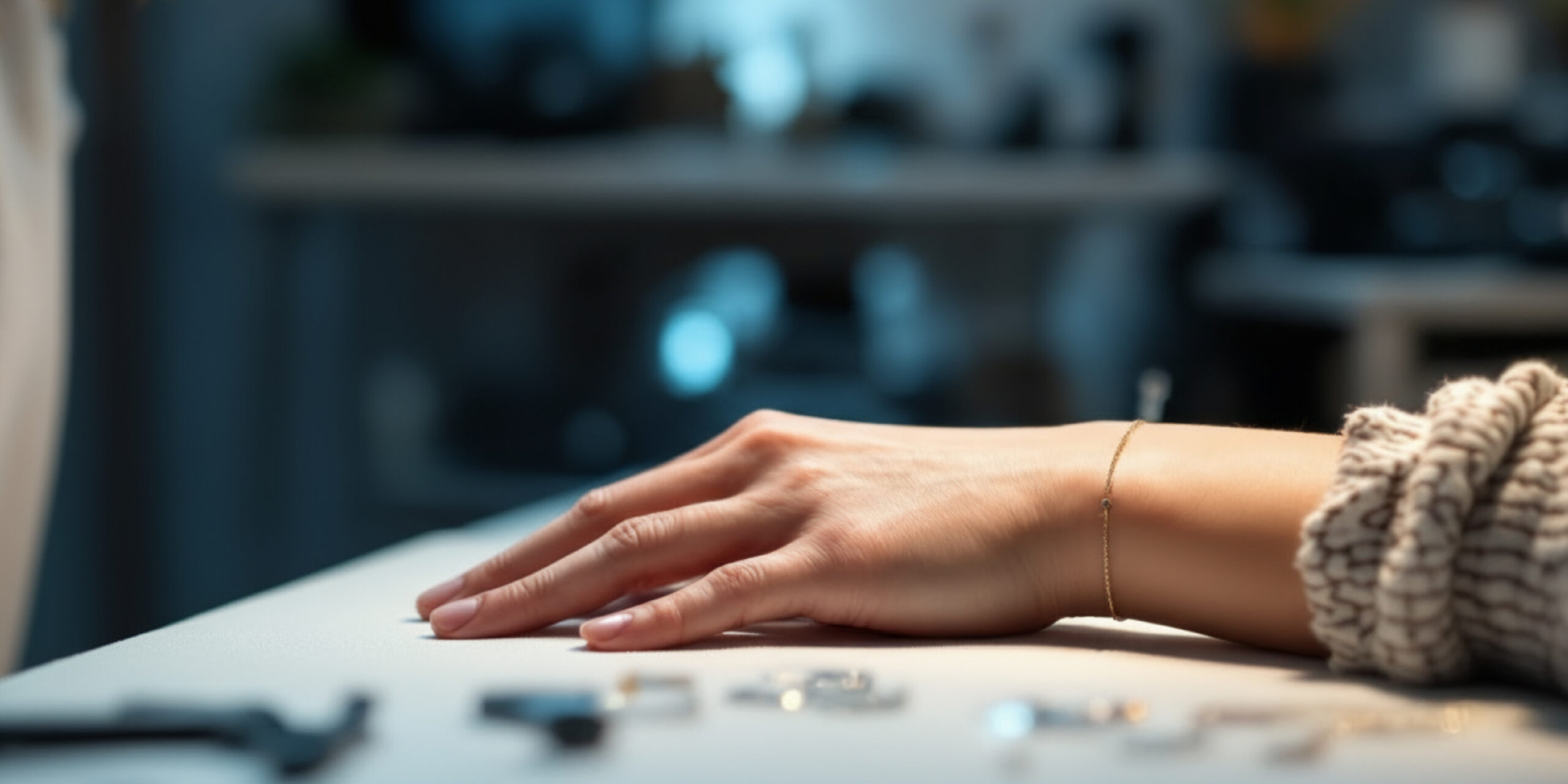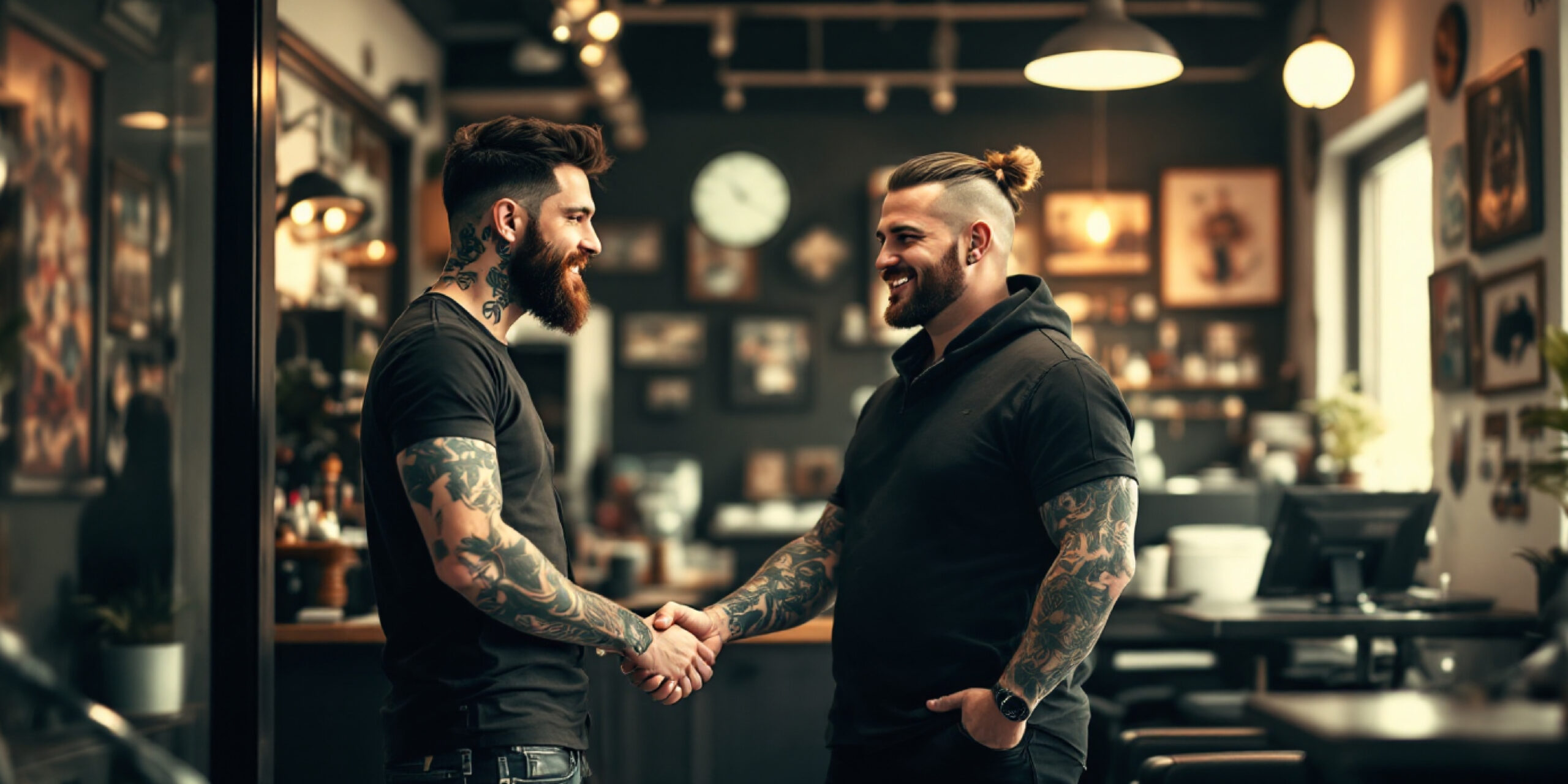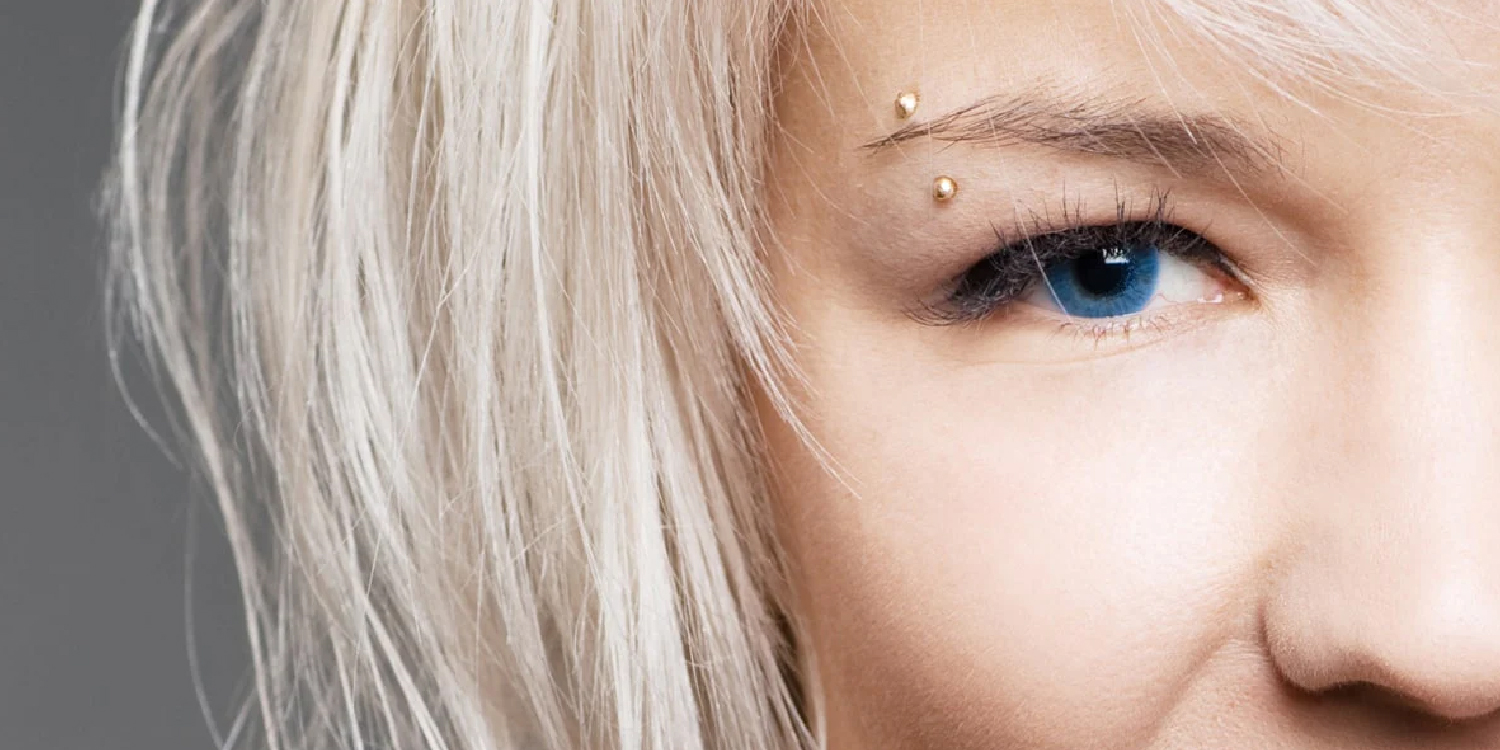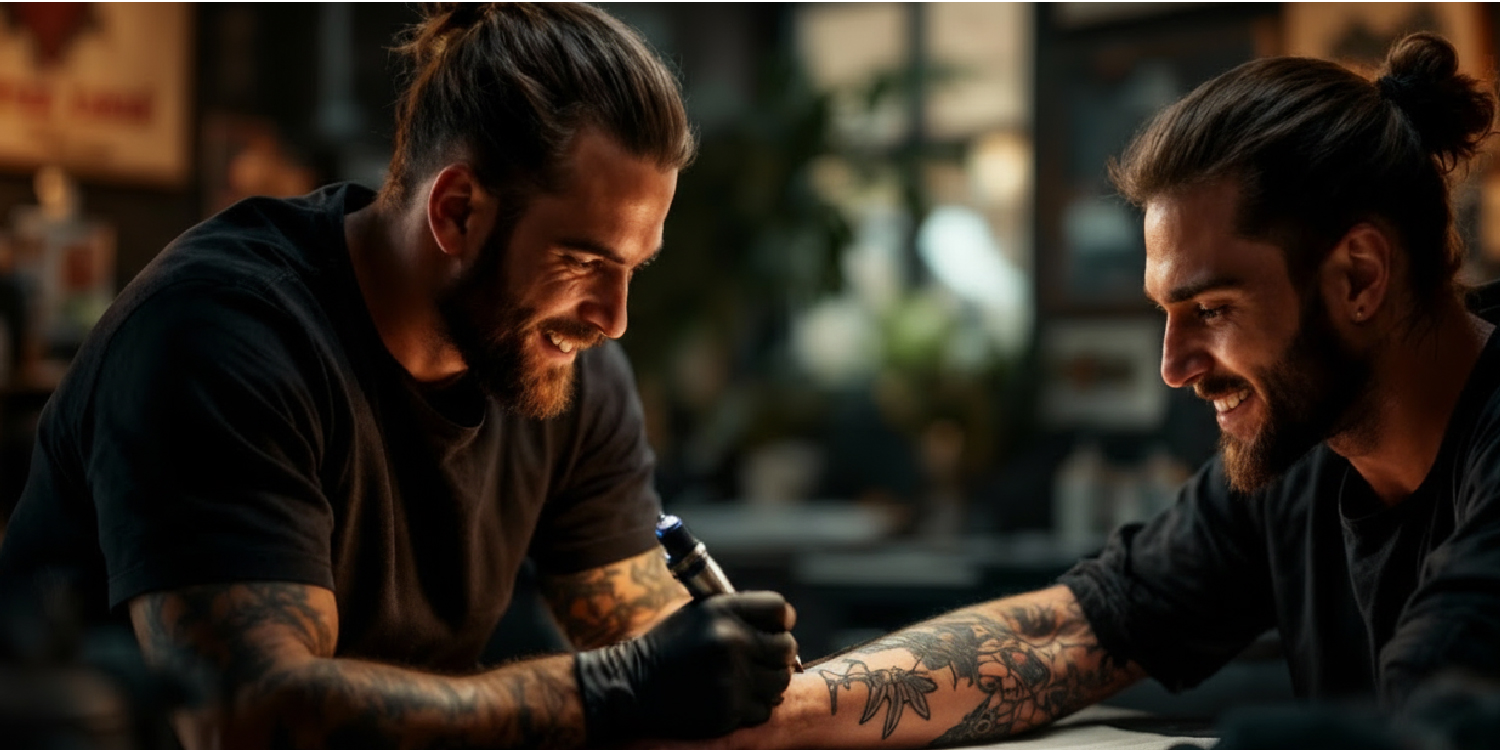Do you have a tattoo you regret? We’ve all seen the classic ‘ex’s name’ tattoo turned into a rose, or a faded tribal pattern reborn as a vibrant phoenix. Behind these transformations is the secret art of a tattoo parlour- the art of cover-up.
Tattoo parlours are not just places of creativity and invention. These days, they have evolved into places of reinvention, also.
At different phases of life, different things or people are important to us. We get a customised tattoo to celebrate that phase of life. But things change in time, and your tattoo can be a painful reminder of a learning curve. But it’s inked on your skin, and now you have to carry it on your person for life.
That’s where the art of reinventing tattoos becomes emotionally meaningful. It is technically complex, but a good tattoo parlour near you can sort you out. Let’s dive into the art of tattoo cover-ups and learn about the process.
The Psychology of Tattoo Regret
The most common regret tattoo is the ex-partner’s name. When we are in a committed relationship, we like to declare our love by getting a tattoo. It can be the initials of the person or something that means a lot to both of you. But when the relationship fades, you are left with this painful reminder.
Some people are carried away by the moment and make impulsive decisions. We’ve all watched ‘Hangover Part II’ where Stu gets a near replica of the facial tattoo worn by Mike Tyson in real life. We know of people who have got some pretty regrettable tattoos. They have to wear their follies on their body.
People have some values or philosophies they believe in when they are young, but they are constantly changing. Our beliefs in our 20s will have changed in our 30s. As we evolve, we change. But a tattoo of the past is not something we will always subscribe to. It becomes a regret.
That’s when a cover-up tattoo from a good tattoo parlour can help in your healing. An old regret can be turned into a masterpiece cover-up, which can speak of your transformation.
So many celebrities have covered up their old tattoos when they moved on. Sylvester Stallone covered up a tattoo of his wife, Jennifer Flavin, with a tattoo of his late dog, Butkus. Pete Davidson covered up a tattoo of Ariana Grande’s initials with the word “cursed” after their breakup. It’s common for celebrities to alter or remove tattoos linked to relationships, personal growth, or simply a change in aesthetic preferences.
The Skill Behind the Art
Covering up an old tattoo is not an easy task. It takes more skill than putting in a new one. It’s actually one of the more challenging things tattoo artists at good tattoo parlours do. That’s because they’re not working on blank skin. They have to deal with the existing ink, shapes, size and how the tattoo sits on the body.
One of the toughest tattoos to cover up is the old ones, which are dark and full of thick, saturated ink. It’s tough to hide those kinds without just turning the whole area black, which most people don’t want. A good cover-up tattoo is about creating something new which looks great while hiding what’s underneath. And that takes serious skill.
Experienced tattoo artists in a tattoo parlour approach cover-ups in a very different manner from regular tattoos. They must use larger designs to distract the eye and employ smart design choices. They could design flowers, animals, or abstract art with lots of layers to mask an old tattoo. These designs help blend the old tattoo into the new one.
Colour theory plays a big role too. Artists have to choose colours that cancel out or mask the old ones. For example, if there’s a lot of blue or green ink, they might use warmer tones like reds, oranges, or browns to cover it. They also consider your skin tone to make sure the new tattoo looks natural and will age well over time.
Design manipulation is another trick of the trade. Skilled artists reshape or reposition parts of the new tattoo to work around tricky areas of the old one (like turning a dark spot into part of a shadow or background). It’s almost like turning a mistake into a feature.
Not every artist is experienced with cover-ups. That’s why it is important to go to well-experienced artists in a tattoo parlour who know what they are doing. They’ll usually be honest with you about what’s possible and may even recommend a few laser removal sessions to lighten things up first.
As tattoo artist Liz Cook once said, “Cover-ups are an art form in themselves. It’s not just about hiding something—it’s about creating something beautiful in its place.”
The Cover-Up Process: What Happens in a Tattoo Parlour
Getting a cover-up isn’t just walking into a tattoo parlour, picking a new design, and getting inked. It’s a thoughtful process that takes a lot of planning, skill, and teamwork between you and your tattoo artist. Here’s how it usually goes:
Consultation
Get the conversation started with an artist at a tattoo parlour near you. Show the artist the tattoo you’d like covered up and discuss what you’d like it replaced with. This is where you set expectations. Some tattoos are more difficult to cover than others. Your artist will be honest about what’s possible so you can discuss your design options. You might not be able to get exactly what you want, but they will guide you toward something that works and looks great.
Designing the Cover-Up
The artist at the tattoo parlour will then start sketching ideas. For consultation with experienced tattoo artists, visit Colibri Laser and Tattoo. They’ll often draw over a photo or stencil of your old tattoo to see how shapes and colours work together. A good design will utilise elements of the old tattoo in clever ways. This is where the artist’s creativity shines.
Laser Lightening
Some old tattoos are just too dark or too bold to cover well. That’s when laser tattoo lightening comes in. A few sessions can fade the ink enough to give a new design a better shot. You will not have to remove the tattoo completely, but lighten it enough so that the new design looks clean and crisp.
Tattoo Session
Once the design is ready, the tattoo session will begin. Cover-up sessions can take longer than usual because of the extra layers and detail involved. Your artist may have to go slower and use special techniques. It’s a process that takes patience from both sides.
Aftercare
After the tattoo session at the tattoo parlour, proper aftercare is important. The skin needs to heal well so that the new tattoo settles in properly. Your artist will give you instructions. Make sure to follow them closely. The better the aftercare, the better the tattoo in the long run.
This process requires trust and patience, so the relationship between you and your artist is key. You are both working to transform something you don’t love into something you’re proud of. It is an experience of transformation together.
Conclusion
Tattoo cover-ups are not just about corrections. They are artful inventions. We all have many regrets in life. Let your tattoo not be one of them.
If you have an old tattoo that reminds you of something you would rather forget or have outgrown, then look for good tattoo parlours near you with experienced artists. Check online reviews and testimonials about their work. Have an idea about what your new story is going to be. And start writing it.
